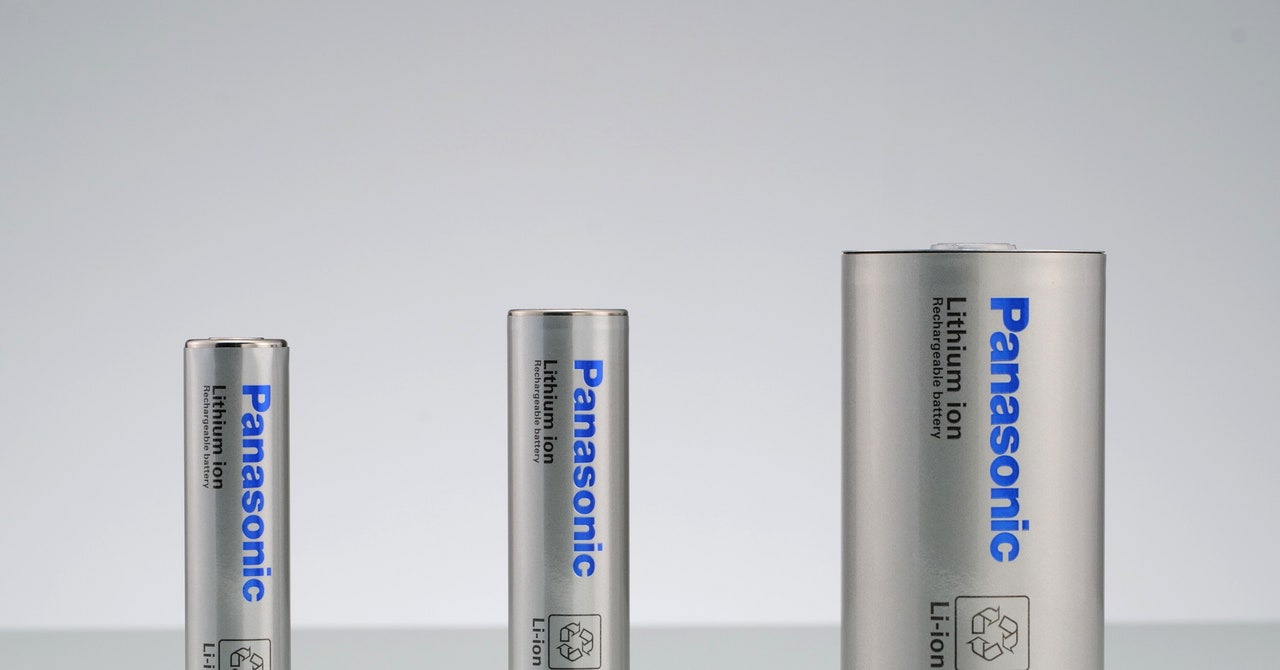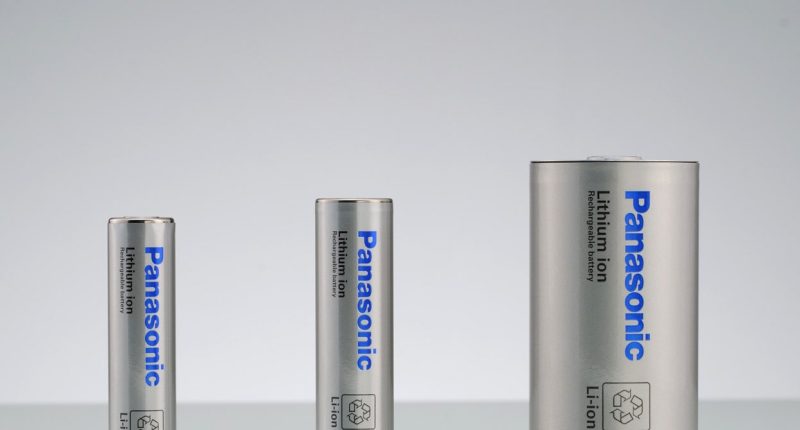

“There are companies that have partnerships and collaborations, but they’re all still in development,” claims Berdichevsky, “while we’re ready for scale production manufacturing.”
Not coincidentally, Moses Lake is also home to REC Silicon, a formerly shuttered supplier to the photovoltaics industry, and now one of only two US makers of silane gas. Group14 will be sourcing locally; Berdichevsky preferred not to say where Sila is sourcing its silane. Both companies received federal grants of $100 million to build their silicon anode factories.
Jay Turner, an environmental studies professor at Wellesley College, tells WIRED that large-scale domestic manufacturing of new EV battery technologies is understandably a big deal. “It marks an important break with history,” says the battery historian who tracks new North American EV production.
“In the past, the US has been a leader in advanced battery research, but much of the actual manufacturing has taken place abroad. It is exciting to see US-developed research being scaled at US factories. Sila and Group14 both look well positioned to scale.”
Power Players
However, they are just two of the silicon anode producers in the US. Californian companies OneD Battery Sciences and Amprius grow silicon nanowires that they claim are less prone to swelling than nano silicon powders.
Amprius, founded in 2008 by Stanford materials science professor Yi Cui, has focused on silicon anodes for the aviation sector, while OneD Battery Sciences will be putting its silicon nanotechnology into GM’s Ultium batteries.
Instead of engineering silicon nanoparticles or nanowires, Enevate, also of California, deposits nanoscale silicon films directly onto copper foil. Its silicon anode batteries are already used in electric motorbikes.
Chicago startup NanoGraf makes a silicon oxide material for anodes that it pre-swells for stability. Its anodes are used in military electronics.
Developers of other battery chemistries are looking to supplant traditional lithium-ion completely. Tesla is already producing cars with lithium-iron-phosphate batteries; Toyota has teased industry insiders with its solid-state batteries; Chinese firms are developing sodium-ion (Na-ion) technologies that require little to no lithium, nickel, or cobalt; and Samsung SDI is perfecting high-manganese batteries.
There could well be room for all the above in a growing global EV market. Indeed, the UK’s Advanced Propulsion Centre, a specialist in emerging battery technologies, says this shift in electric tech is “not about one type [of battery chemistry] winning over the other, as the performance characteristics mean that user cases vary.”









